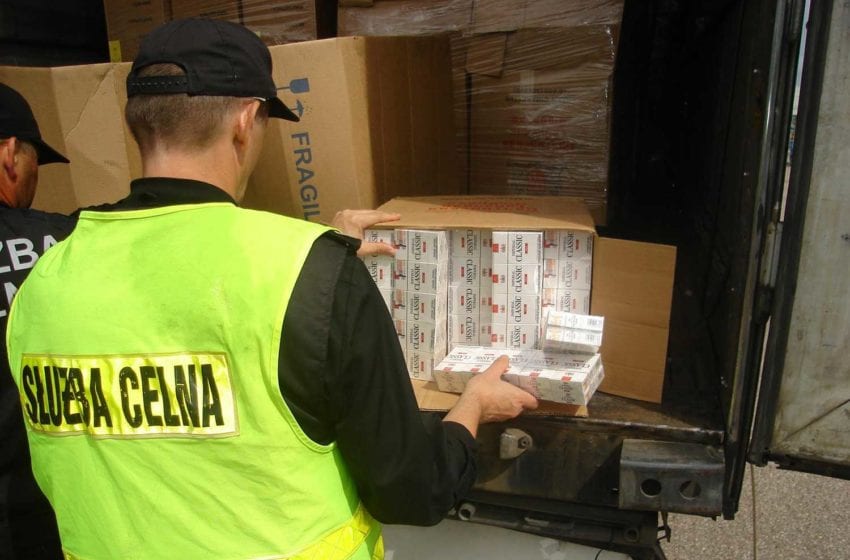Know Your Source
What, for people such as me, is particularly galling about the arrival on the U.K. market by air and by sea of a growing number of illicit vaping products is the fact that this is happening at a time when so many other products are in short supply due, we are told, to Brexit, the Covid-19 pandemic, the Suez snafu and a lack of lorry drivers—when water companies are unable to access all the chemicals they need for treating sewage.
But while illicit disposables arrive with near-impunity, once in the country, it should be another matter. Dunne said it should be possible to identify how counterfeit products were getting through the distribution system because all the manufacturers were supposed to be able to track their products from manufacture through to the consumer. So if they were doing things correctly, it should be possible to take a picture of a pack code and send it to the apparent factory of manufacture for verification or not. That is the theory. In reality, the system is so far not operating fully, so there is room for improvement.
In any case, while the information garnered from such systems can be used to good effect in examining the workings of distribution channels and, in retrospect it has to be said, tighten them up, they do little directly for the consumer. For a consumer to discover, post-purchase, that a product is a fake or not registered merely leaves her in the position of having to decide whether she takes the unknown risk of consuming the product or takes the financial hit of throwing it away. It takes only a few seconds’ thought to realize that this situation is not in the interests of consumers or the industry.
There are, however, some basic precautions that consumers can take to protect themselves. “The advice I always give is that you should buy from a reputable source,” said Dunne. “You buy from your local vape store whose business it is. They know these devices; they know where they come from. And for the most part, they sell only products that are registered correctly or that come from a known supplier.”
Even so, vapers can be misled, especially, for instance, when they buy online. Dunne said he had contacted a number of platforms, including eBay and Amazon, neither of which, to his way of thinking, controlled the vape products displayed on their websites robustly enough. Amazon claimed it didn’t sell any products that contained nicotine, he said, but during the morning of the day I spoke to him, he had quickly identified 10 different high-capacity vape devices on offer on the platform, all of which contained nicotine. Some of them were displayed under a headline that indicated “No nicotine,” yet nicotine strengths could be seen on the pictures of the products. “So,” he said, “my question to Amazon is: How are you policing the products that are being put on your site? Some of these devices are not sold nicotine-free anywhere in the world.”
Finally, picking up on a part of the press note in which it was said that disposables had a major role to play in the vape market, I asked whether it wasn’t the case that they also comprised a potential environmental problem. Dunne readily admitted that this was a concern for the industry. “And that is one of the reasons why the association as well as several manufacturers are looking at how these products can be recycled,” he said. “If we can find recyclers here in the U.K. that can deal with volume, there is an appetite within the industry to set up some sort of pick-up and recycle program.”
























